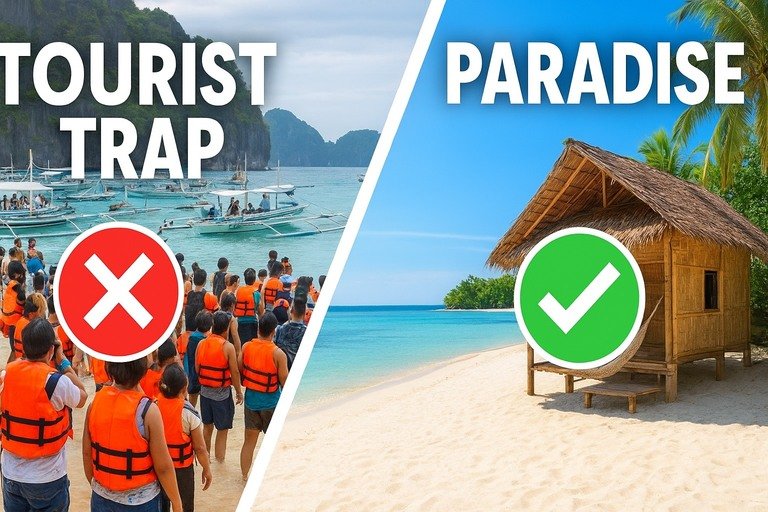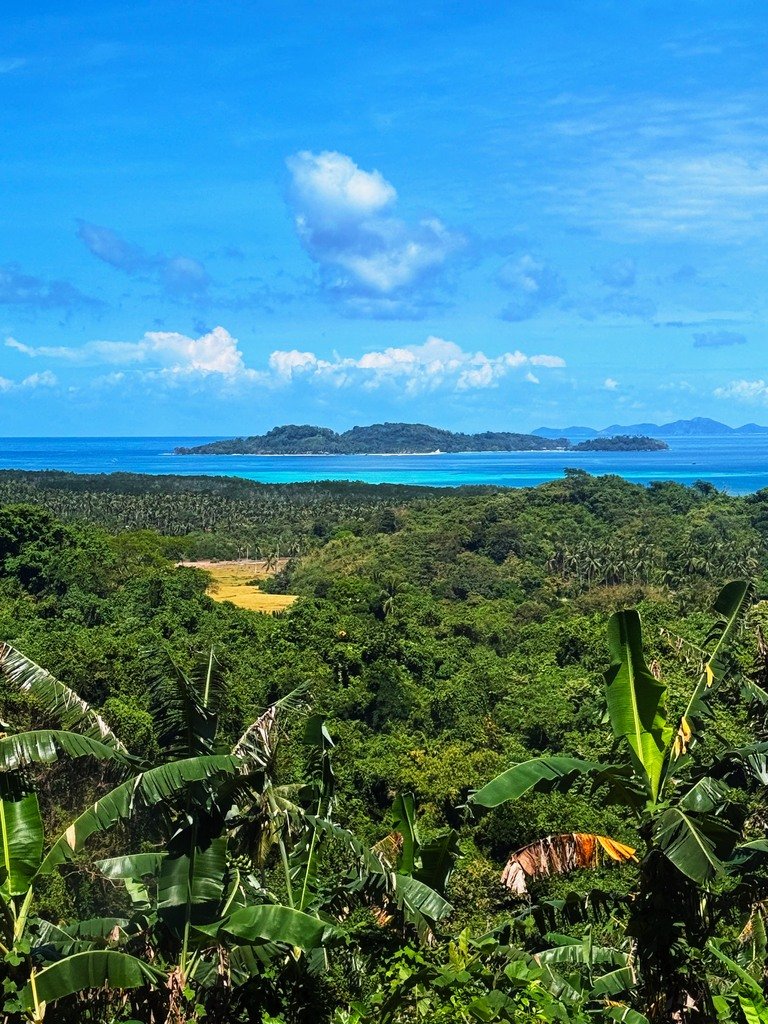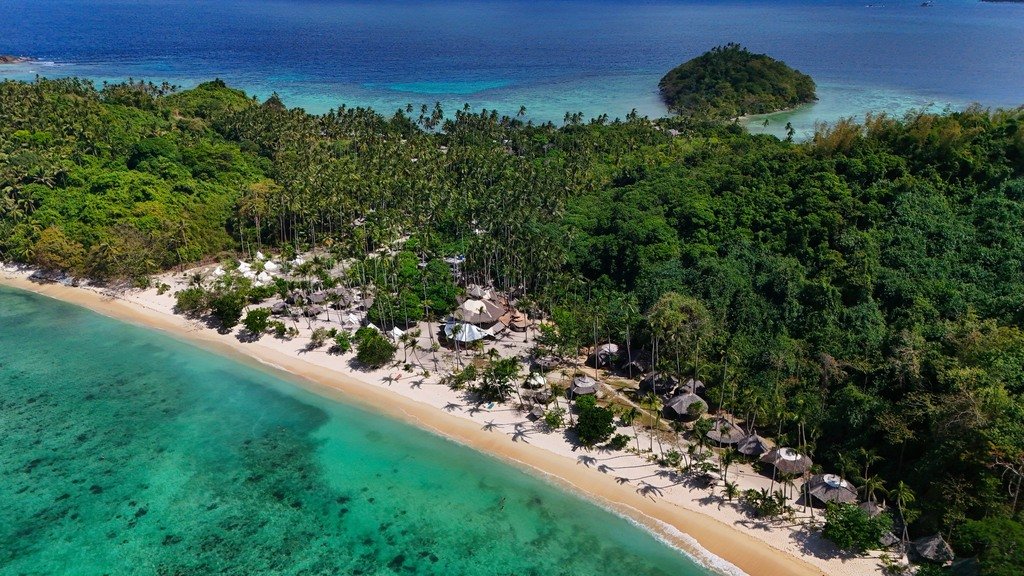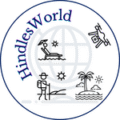The Dream That Wasn’t
El Nido, Palawan. Just the name makes travellers dream of soaring limestone cliffs, turquoise lagoons, and sunsets that glow like they’ve been Photoshopped. For many, it’s the highlight of a Philippines itinerary — the “must visit” destination.
We came chasing that same dream, expecting El Nido to be paradise. Instead, we found what so many other travellers quietly whisper about: an El Nido tourist trap.
The illusion shattered the moment our tricycle rattled into town. The quiet sandy lanes we’d pictured? Replaced by a constant roar of engines. Tricycles, motorbikes, and delivery trucks squeezed through choking streets, the air thick with exhaust. Our soundtrack became car horns and clashing music, not waves or birds.

Where are you going to get sick?
The main beach — the one that launches those famous El Nido island hopping Tours A, B. C or D — wasn’t a place to swim or sunbathe. It was a boat parking lot. It’s also full of sewage. Hundreds of bangkas crammed together, their crews shouting over the thrum of engines while tourists queued chest-deep in water to clamber aboard.
And the tours themselves? They had become a conveyor belt. Big Lagoon, Secret Beach, Helicopter Island… all undeniably beautiful, but when you’re surrounded by fleets of identical boats, kayaks colliding, and traffic jams of life vests waiting to squeeze through a cave, the magic disappears.
Head to bar we thought. Have a meal in an overpriced trendy restaurant? Fine, but be careful what you eat and what you drink.
Sanitation Overload
The surge of tourists has completely overwhelmed the ability of this town’s infrastructure to cater for this many people.
DO NOT DRINK TAP WATER! Careful with ice. And, as anywhere where it’s hot and humid, a salad might sound appealing, but there’s more to the iceberg than lettuce.
We sat on our hotel balcony that night, listening to competing basslines from overflowing bars, and looked at each other. Was this really what we’d travelled across the world for? Was this Palawan?
The answer came easily: no. We needed out.
The Escape to Dryft Camp
The very next morning, we packed a small bag each, and leaving the rest at our hotel, headed to Town Square, which was the meeting point for Dryft Camp.
A van carried us out of El Nido, bumping along narrow roads where the noise and fumes gave way to rice paddies and quiet villages.
After 45 uncomfortable minutes, we reached a tiny fishing pier — just a strip of concrete, a handful of boats, and one smiling staff member from Dryft Camp Palawan. We climbed into a small bangka with a few fellow escapees.
So near, but far away
That short ride across the bay was transformative. With every metre, the chaos of El Nido shrank into the distance, replaced by the sight of Darocotan Island, a palm-fringed stretch of sand rising out of the sea.
When our feet finally touched its sand, the contrast was overwhelming. No queues, no horns, no sewage in the water. Just silence. And space. And the feeling that we’d stumbled into the El Nido alternative we didn’t know we needed.

Paradise, Reimagined at Dryft Camp
Dryft Camp Palawan calls itself “off-grid glamping,” but that undersells it. Yes, there’s no WiFi. Yes, it runs on solar. But this wasn’t roughing it.
Our home was a beachfront Hive: a canvas tent on a wooden deck with a real bed, soft sheets, and a private view of the Sulu Sea. The camp’s heart was a bamboo lodge filled with hammocks, beanbags, and sea breeze. Meals were fresh, inventive, and some of the best we ate in the Philippines.
Days here had a rhythm of their own. Hammocks, long walks, snorkelling a nearby shipwreck teeming with fish. Evenings meant communal dinners, fireflies in the trees, and a sky exploding with stars.
And the silence. That was the real luxury. With no internet, no engines, no queues, you begin to notice again: the change of light on the water, the chatter of crabs, the rhythm of waves.
At Dryft, we didn’t just disconnect from WiFi. We reconnected with the reason we travel in the first place.

A Tale of Two Palawans
El Nido showed us what happens when paradise buckles under its own popularity. The beauty is still there, but buried beneath crowds, engines, and overworked infrastructure. It has become one of those Philippines tourist traps people warn about.
Darocotan showed us something else: that Palawan’s magic still exists, if you’re willing to go a little further, take a bumpier road, and embrace true off-grid travel in the Philippines.
We learned that sometimes the greatest luxury isn’t five-star service or a lagoon famous on Instagram. It’s silence. It’s space. It’s a star-filled sky above an empty beach.
So if you’re planning a trip to Palawan and want to avoid the crowds of El Nido, our advice is this: go further. Seek out smaller, sustainable, hidden gems like Darocotan Island and Dryft Camp. That’s where the real Philippines still lives.


💬 Share Your Thoughts
We love hearing from fellow travellers. Whether you have a question, a tip, or your own story to add, please jump in! We reply to every comment personally.